Happy Dog, La Gonâve, Haiti – A Vision of Regeneration for a Degraded Land and Impoverished People – Part I
The breeze coming over the mountaintop felt wonderfully refreshing after days and nights sweating in the warm humidity in Anse a Galets and the slopes above her. The channel between La Gonâve and the mainland spread out beyond the harbor below us, hazy though beautiful in the midday sun.
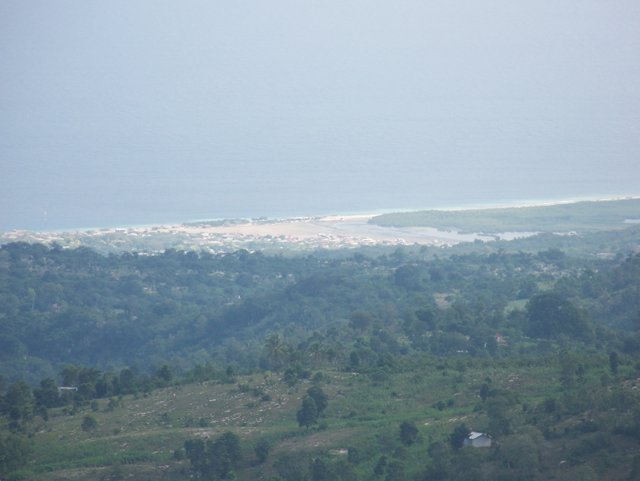
La Gonâve, the little island off the west coast of mainland Haiti, has been sort of neglected, if such can be identified among a neglected and impoverished people. This small island of about 120,000 people has received some aid, but little compared to what goes on near the capital, Port au Prince, and other regions of the mainland.
Chien Content (Happy Dog), where I stood taking in the expanse around me, is La Gonâve’s second highest mountain. By many standards, its 800 meters isn’t much of a mountain. But it is fairly typical of tropical islands in that regard. To the north is the capital of the island, Anse a Galets, though its size is far from impressive. What should we expect from an island with maybe 120,000 people? Much of the town is visible near the shore in the image above.
Degeneration
It was just after hurricane season when I visited last year, so much was still lush and green. Of course, the humidity came with that as well. But much that was destructive was hidden. The greenery was covering degradation that is occurring due to abuse of the land.
Like in so many places, the island has been stripped of natural resources, most notably lumber. As you can see, there are trees growing, but the old forests are long gone. This offers more challenges than first meets the eye.
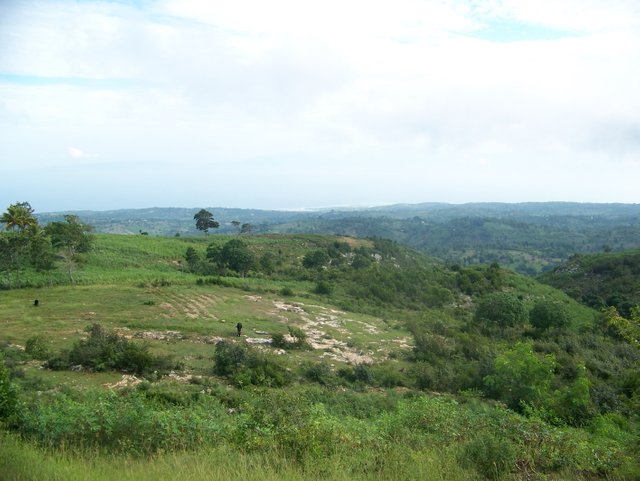
I took the picture above while I was there. It was very telling to see a picture that a friend took of the very same area months later. I wish it was from the exact same vantage, but you can recognize it as the same place and see how it’s drying out quickly. While this should be happening to some degree, consider how it would have reacted with at least a marginal canopy.
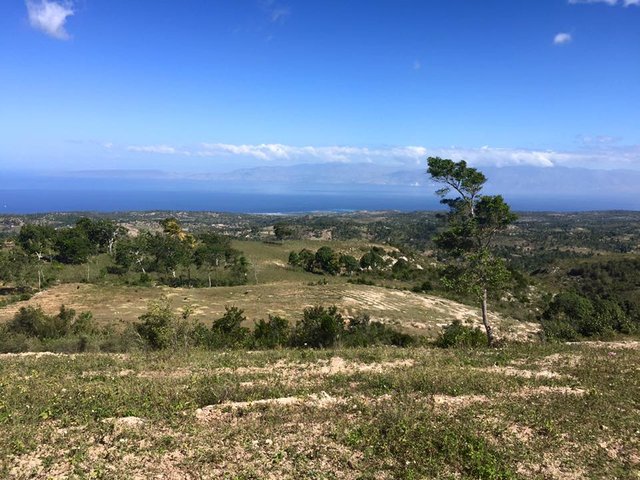
Employment
One of the main sources of income for many families in Haiti is charcoal. They’ll cut down trees, cook them to make charcoal, then sell it as well as perhaps use it in their own home. It’s not the greatest income, but you do what you have to do.
Little do they know that these practices keep the island in a degenerative state. Nobody can blame the islanders for their contribution to the destruction of the local ecosystem. They don’t understand. And, even if they did, hungry babies need to be fed.
Self-righteous tree-huggers sometimes arrive and decry the evil being perpetrated against nature. But their accusations are shallow and myopic, failing to see the human suffering that stares blankly at their asinine antics. Don’t get me wrong, the trees are needed – which we’ll discuss in more detail later. But the imposition of these ideals is hardly beneficial to a people who are more hand to mouth than most of us could ever relate to.
Agriculture
Of course, agriculture is related to both the degradation and the employment on the island. But it appears that most employment is based on what folks can do for themselves. There are jobs in Anse, but most of the islanders are outside the city.
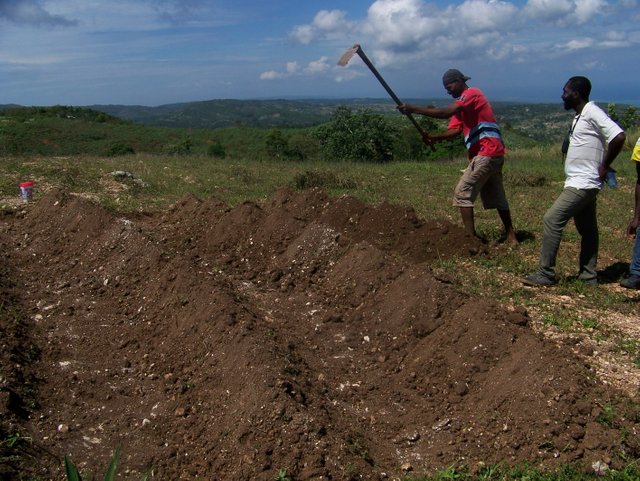
The agricultural practices I witnessed did not seem to be particularly degenerative, though the turning of the soil can be desiccating and reduce organic matter over the long run. Their methods were somewhat crude by our standards, but also appeared to be working with the terrain and promoting what life they could.
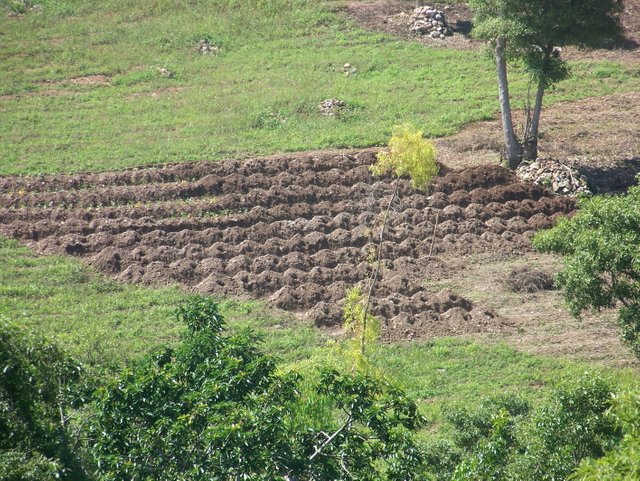
Most goods sold would be taken down the mountain a ways, to a market that takes place on Wednesdays and Saturdays. You can buy anything there, from chicken to fish to produce to tools and probably a few things you might not want to know about.
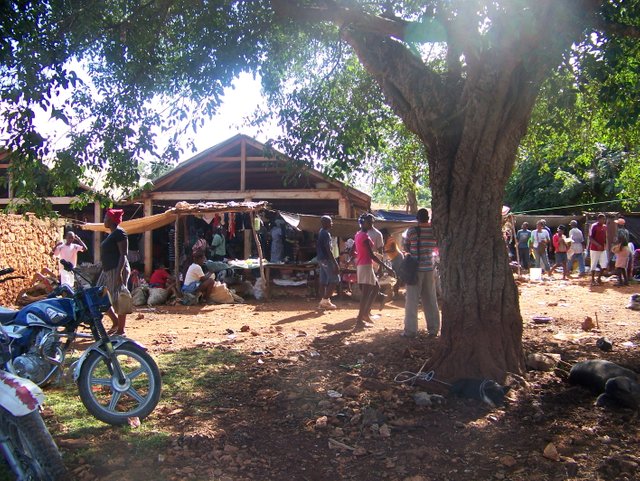
Main crops varied, but the obvious ones abounded, such as avocado, mango, guava, coconut and other tropical fruits. It was clear that the islanders didn’t understand complementary and succession planting, though they did have some grasp of working with contour. As I made these observations, my mind started working…
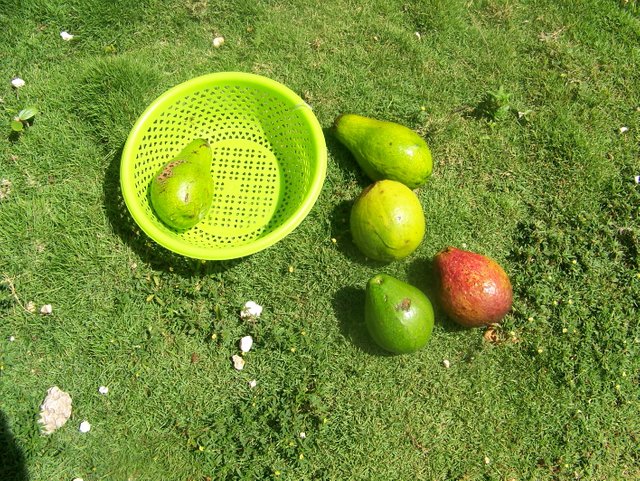
To be Continued
As our investigation of La Gonâve, Happy Dog in particular, and the wonderful people of this neglected island continues, we'll consider the role of grazers, erosion and water on the land. While we see a continued state of degeneration, it is reversible. In fact, creation is so incredibly resilient that the ecological health of this island can be restored, providing abundantly for the people who live there. We'll investigate this further as we go along.
Steemin' on,
Another Joe

Email notifications
Facebook
Twitter
Did you watch ALUNA, the documentary about the Kogis of the High Sierra, From Santa Martha, In Columbia? A few great example of this regeneration and the way they have done it over the past 30 years... Check it out! Great article and a big thank you for your dedication to oneness! All for one and one for all. Namaste :)
Thanks. No, I haven't seen that one. There's another guy in South America that's done an amazing job with some degenerated land, so well that it's actually changed the climate for his neighbors. It seems like he was in Brazil, but I'm not sure. I'll probably include that video in a future article. Amazing stuff...
We've got some friends down between Cap Haitian and Port au Prince. Almost made it down about 7 years ago now, but never did make it. Thanks for your story and your concern for others.
This has started out pretty interesting. How long was your stay there?
Thanks!
I was there for a couple of weeks. I'll get into more details, but thought this sort of set the stage nicely.
It's tough to know how many details to include, and I'm a little geeky about holistic land management/restoration/regeneration. I'll probably drop back to the beginning in part 3 or 4. But I want to get to the plan too, hopefully at the end of the week. Stay tuned. :)
Thank you @anotherjoe
I see these photos and I think that some practical solutions can be fairly easily found. The one good thing about the trees being gone is that you pretty much have your choice of planning and planting new crops.
I like where this is going. Looking forward to seeing more.
Thanks. Yeah, I'll get more into the degradation in the next article, with some hints at possible solutions. I don't know if I'll get to the island effect in 2 or 3. I think article 3 or 4 will begin to focus a little more on my history, involvement and training, with a couple articles following to lay out what I'd like to do. You already know some of it from our discussion, but I'll share more here. Well, that's the plan anyway. :)